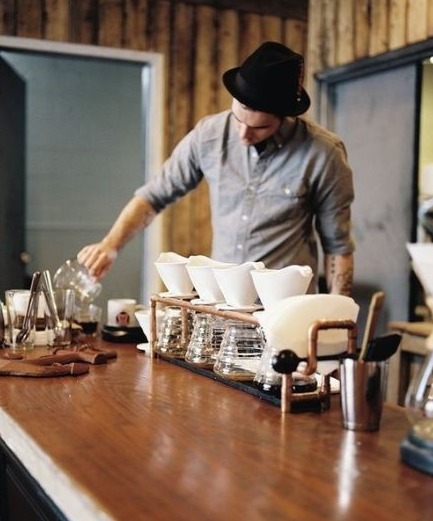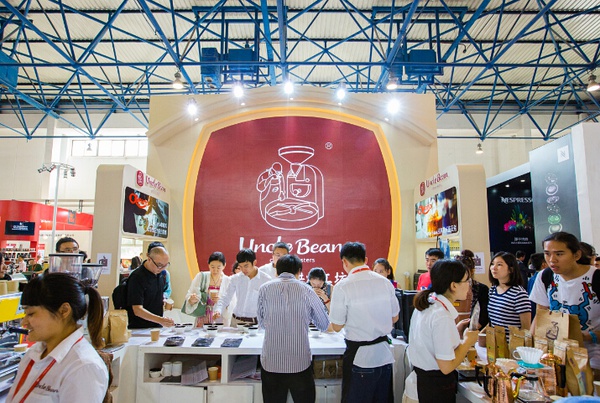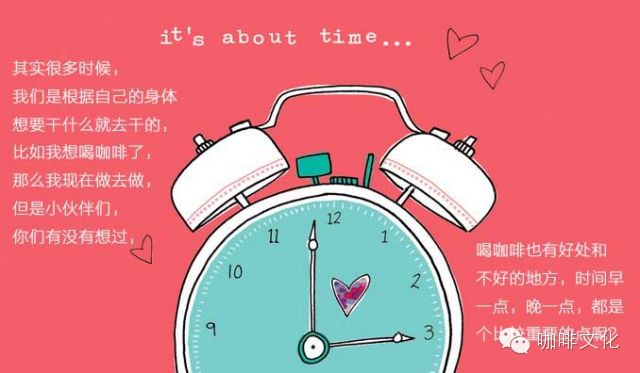The third wave of coffee: the core is that baristas will become a new social place.

Nowadays, people can easily tell the difference between cappuccino and American coffee, but few people can tell the difference between Philharmonic pressure, hand pot, Vmur60, ice drops and so on. These are different coffee making methods, which can often be seen in independent boutique coffee shops, which are driving the third wave of coffee.
According to the US website QUARTZ, the first wave of coffee appeared in the early 20th century, when the invention and rise of instant coffee pushed coffee to the mass market as a consumer product. After World War II, the Italian method of steam pressure extraction of espresso began to be familiar and accepted, so concentrated-based fancy coffee became popular, and then coffee chains such as Starbucks emerged and became popular, becoming the representative of the second wave of coffee.
Nowadays, people are trying to learn more about the origin of coffee making, and drinking coffee has become an experience rather than just a commodity. Under this third wave, coffee is seen as a craft or craft product, just like good wine. In order to make a perfect coffee drink, the planting, picking, roasting and production of coffee beans are regarded as an important process.
A highly skilled barista
At the heart of the third wave of coffee are baristas, who are adept at using tools and equipment to make coffee acceptable to the most fastidious connoisseurs. For independent cafes, having a skilled barista is the key. The most skilled baristas travel around the world to participate in coffee festivals and competitions, such as the Coffee Masters contest at the London Coffee Festival (London Coffee Festival).
Baristas are certified professionally by Australian Specialty Coffee Association, Specialist Coffee Association of Europe and other institutions that run competitions and provide officially recognized training in coffee sensory evaluation, roasting and production.
These skills are the key for baristas to unlock the third wave of coffee, bringing consumers a wide range of choices from coffee bean varieties to production processes. Most coffee shops buy coffee beans from their preferred independent roasters, such as Origin, Square Mile, Volcano Coffee Works, or Ancoats. Roasters usually have 1 or 2 coffee stores and supply coffee beans to other people.
In the third wave of coffee, the method of making is as important as the coffee itself. Options include Philharmonic Press, hand Pot, Vmur60, and Ice droplets. Baristas must be careful to control the amount and heat of each glass of water and milk.
Take the UK as an example:
Coffee shops in Britain have a long history, dating back to the 18th century, and they provide space for conversation and consumption. At present, coffee shops can be seen everywhere in the high streets of England and are an important part of the city center. They are considered to be important economic drivers, contributing as much as 20.4% to local economic growth.
More importantly, coffee shops are becoming new social places. They are no longer just places for consumption, but gradually become a "third space"-a space outside work and home.
In the UK in 2009, one in nine people visited cafes every day. Today, that proportion has grown to one in five people. This is thanks to the rapid expansion of global coffee chains, the presence of other food retailers in the coffee market, such as McDonald's McCafe, and a significant increase in the number of independent cafes. The coffee market is so large that it is estimated that coffee sales in the UK were about 7.2 billion pounds in 2014; last year, there were more than 18000 stores in the UK, and the number is expected to rise to more than 27000 by 2020.
So far, the UK market is still dominated by these three people: Starbucks, Costa and Caff è Nero. But there are more and more independent coffee shop guides on the market, showing a marked increase in the number of professional coffee shops, including London, the southwest and the north, where coffee festivals are popular, such as London Coffee Festival, Cup North, Edinburgh Coffee Festival and so on.
From: Hua Li Zhi
Important Notice :
前街咖啡 FrontStreet Coffee has moved to new addredd:
FrontStreet Coffee Address: 315,Donghua East Road,GuangZhou
Tel:020 38364473
- Prev

How hard is it to learn coffee?
Many friends want to learn coffee, which seems to be the same problem. However, everyone's purpose of learning coffee and the proportion of coffee in their career planning in the future are different, and the answers to this question have become varied. Uncle Dou has been asked the most. Different people ask seemingly the same questions from different angles. Here, Uncle Dou makes a brief summary: 1.
- Next

99% of people drink coffee at the wrong time.
Sleepy-eyed to the office, do you want to have a cup of coffee to cheer you up? But is this really the right time? Often drink coffee at the wrong time, but also produce drug resistance?! Many friends say, I love coffee, the first thing I do when I get up is to drink coffee! But today! Coffee gentleman wants to make you more knowledgeable, the first thing to do when you get up is: open your eyes! Open your eyes, okay?! Ha ha! Get to the point
Related
- Why can American refills for free? The difference between Americano and American drip pot coffee
- Being chased out of the rain in front of Starbucks?! Store: Sheltering from rain under umbrellas poses a safety hazard
- The white moonlight has changed?! Lucky launches "Big Winter Pear American"
- Hand-brewed coffee three-stage method, high-sweet and universal brewing method to share! What does the high sweet water level of hand-brewed coffee mean?
- What is the difference between raw, refined and full espresso coffee? How to extract espresso and taste good?
- A complete list of coffee bean names and their meanings! What is Yejia Shefi coffee? Where is Mantelin coffee?
- What grade does Arida Manor Kaduai coffee beans belong to? What treatment is Arida ASD slow anaerobic sun exposure?
- The milk tea cup becomes smaller?! Overlord Tea Girl launches a new "Return to Yunnan" series
- Accused of selling counterfeit and high-priced coffee beans! Well-known boutique coffee brand "Oukelao" bowed and apologized!
- How to make espresso dumplings? Can I eat coffee and glutinous rice balls together?

